Hawai‘i Island Agriculture and Food System Study
The Study
OUR PURPOSE
The Hawai‘i Island Agriculture and Food System Study was initiated by HIAP, in partnership with the Hawai‘i Island Food Alliance (HIFA), to increase the growth and resiliency of the island’s agri-food system by mapping and understanding the system, identifying key needs and opportunities to improve the system, and facilitating collective action to make those improvements a reality.
OUR PARTICIPANTS
The study was conducted by a set of multi-stakeholder teams totaling 77 individuals representing different organizations working on agriculture and food efforts including farmers, ranchers, processors, distributors, business owners, educators, government, non-profit leaders, and more. They participated through the study’s Facilitation Team, its Planning & Analysis Team, and the three Planning & Analysis Sub-teams focused on Systems Mapping, Agricultural Value Chains and Food Resiliency.
OUR PROCESS
Utilizing a participatory process for analysis facilitated by the Hāmākua Institute, the study took a system-wide approach to understand the needs and opportunities within the agri-food system from the perspectives of different stakeholder groups. Through surveys, interviews and focus group discussions, the study gathered input from these different stakeholder groups, added it to other existing system data, and the multi-stakeholder Planning & Analysis team jointly analyzed all of this information together to produce a set of recommended actions for collectively improving the system.
VIEW THE FULL HAWAI‘I ISLAND AG AND FOOD STUDY REPORT HERE
The System
The Food
System
The food system is a complex web of activities involving the production, processing, transport, and consumption. Issues concerning the food system include the governance and economics of food production, its sustainability, the degree to which we waste food, how food production affects the natural environment and the impact of food on individual and population health.1
1University of Oxford, Oxford Martin Programme on the Future of Food
Agricultural Market
System
An agricultural market system is the network of buyers, sellers and other actors that come together to trade in a given agricultural product or service. The participants in a market system include direct market actors such as producers, buyers, and consumers who drive economic activity in the market as well indirect market actors such as service providers and policymakers who support and influence market performance. An agricultural market system can be specific to a product (such as coffee, papayas, or dairy) or a cross-cutting sector (such as finance, labor, or transportation).
Hawai‘i Island
Agri-Food
System
The set of people, businesses, and organizations working together as parts of an interconnecting and interdependent network for generating agricultural livelihoods on Hawai’i Island and ensuring an adequate and equitable supply of food to its population.
System Maps - How Can We Understand the Big Picture
Cause and Effect Map

Facilitated by Kamehameha Schools and Liliuokalani Trust on behalf of the Transforming Hawaii Food Systems Initiative
In 2020, Kamehameha Schools commenced a food system mapping project for the state of Hawai‘i. The project sought to identify and map the many interconnected forces at play that are both helping and hurting Hawai‘i’s ability to have a truly resilient food system. People representing a diverse range of stakeholders participated in the mapping project. While the map had a statewide scope, the process had considerable input from Hawai‘i Island and is considered to be applicable to Hawai‘i County for the purposes of this study.
Market System Map

Hawai‘i Island’s Agriculture and Food Market System Map
Produced by: The Hamakua Institute
Market system maps are designed to show systems from the lens of supply and demand, seeking to understand the structure and interactions of the system, the roles and functions of different market actors and their performance in relation to each other.
Tiered Food System Map

Tiers of Hawai‘i Island’s Food System
Tiered Food System Maps build an understanding of food systems through the lens of consumption relationships across the food system, identifying five different levels of relationships between food producers and consumers.
The Data
The Analysis
The Actions















In Summary
The video below is a summary of the Hawai‘i Island Food and Agriculture Study presented by Dennis Flemming, Executive Director of the Hāmākua Institute.










